Home building levels reach 10 year high – Goodbody
21,500 new homes were completed last year, according to new analysis from stockbrokers Goodbody, up 19% on the figure for 2018.
The increase marked the highest rate of growth in a decade and is nearly five times greater than the 2013 trough of 4,575.
However it still sits below the 34,000 units that the Central Bank estimates needs to be built each year up to 2030 in order to meet demand.
Goodbody uses the issuing of new energy ratings for calculating the number of new homes. This is seen to be a more accurate gauge of new builds than ESB connections, which can be muddied somewhat by old buildings getting reconnected.
In today’s analysis, Goodbody noted that commuter counties saw the biggest number of new home completions last year as more and more buyers are priced out of Dublin.
The stockbrokers said that homebuilding in Dublin increased by just 2%, pushing urban sprawl out into the Mid East region.
Dublin represented 33% of completions last year, down from 38% in 2018 but still ahead of its share of the national population.
Today’s figures show that the Mid-East region saw a surge of 36% in home completions in 2019, despite a slowdown in the growth rate in the fourth quarter of the year.
All other regions experienced growth in completions in 2019, with the Midlands seeing a 61% increase and the West reporting a rise of 46%.
Goodbody noted that the building of apartments surged by 55% last year, led by Dublin.
But the stockbrokers said that apartments continue to represent a very low share of output in the country’s residential sector and the sector is estimated to represent 17% of home completions last year.
This is the lowest share in Europe and is well behind the average of 59% in 2019.
Goodbody said that the growth in the apartment sector is very much led by the Build-to-Rent sector and cautioned that any moves to restrict this sector would have detrimental effects on the trajectory of new supply.
Dermot O’Leary, Goodbody’s chief economist, said that there are many moving parts in Ireland’s residential construction sector.
“The build-to-rent sector is driving apartment building, while the public sector and Approved Housing Bodies (AHBs) are contributing to a surge in social housing,” Mr O’Leary said.
“In the private market, we showed in our analysis in 2019 that those builders selling at the lower end of the price distribution are achieving significant volume growth, a feature of the recent updates by both Cairn and Glenveagh,” he added.
“We are forecasting completions to grow to 24,000 in 2020, but these trends are likely to feature prominently once again,” the economist said.
Article Source: Click Here
